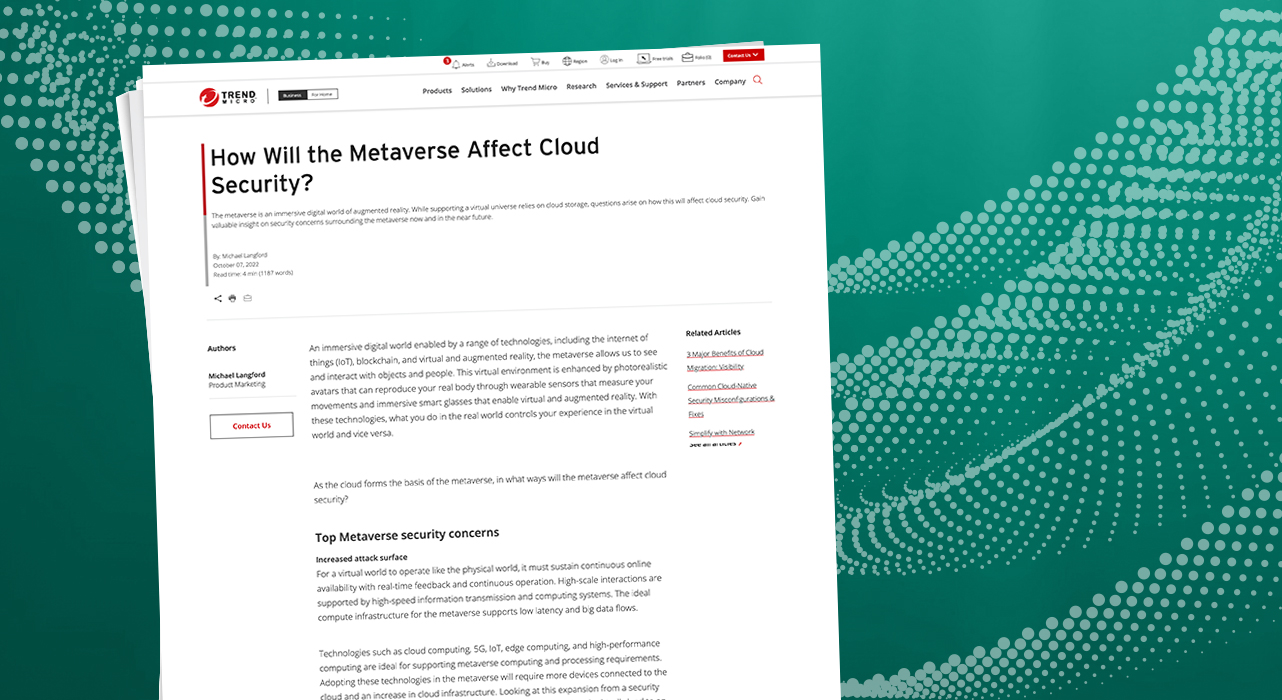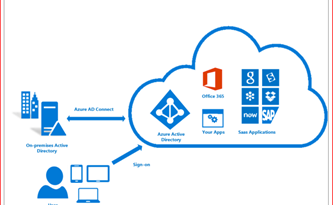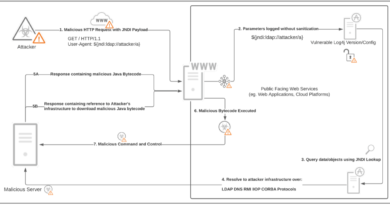How Will the Metaverse Affect Cloud Security?


An immersive digital world enabled by a range of technologies, including the internet of things (IoT), blockchain, and virtual and augmented reality, the metaverse allows us to see and interact with objects and people. This virtual environment is enhanced by photorealistic avatars that can reproduce your real body through wearable sensors that measure your movements and immersive smart glasses that enable virtual and augmented reality. With these technologies, what you do in the real world controls your experience in the virtual world and vice versa.
Supporting a virtual universe requires vast computing and storage resources. These resources are readily available in the cloud. This predicted uptake of cloud services should lead to purpose-built cloud technologies purpose-built to serve the needs of the metaverse.
As the cloud forms the basis of the metaverse, in what ways will the metaverse affect cloud security?
Top Metaverse security concerns
For a virtual world to operate like the physical world, it must sustain continuous online availability with real-time feedback and continuous operation. High-scale interactions are supported by high-speed information transmission and computing systems. The ideal compute infrastructure for the metaverse supports low latency and big data flows.
Technologies such as cloud computing, 5G, IoT, edge computing, and high-performance computing are ideal for supporting metaverse computing and processing requirements. Adopting these technologies in the metaverse will require more devices connected to the cloud and an increase in cloud infrastructure. Looking at this expansion from a security perspective, an increase in endpoints connected to the cloud will undoubtedly lead to an overall increase in the exposed attack surface.
For example, IoT devices are highly targeted vulnerability points for attackers. This is because they commonly contain weak security controls and portability—a recipe for infiltrating multiple networks. IoT botnets are not uncommon occurrences, which might be replicated in the metaverse. Attackers target botnets as they allow them to automatically distribute malware, slow down compute power by mining for cryptocurrency, compromise data, and crash servers through DDoS attacks.
The metaverse is tied to the blockchain, which is the primary medium for allowing the trading of digital commodities in this virtual world. Non-fungible tokens (NFTs) are unique cryptographic assets representing physical or digital items as a record on a blockchain. These often-collectible digital assets hold value in a similar way to physical possessions.
As blockchain is possibly the most popular form of payment in the metaverse world. This leaves its impact on cloud security as an area of concern. NFTs are vulnerable to security breaches, allowing users to access tokens and identities as well as conduct illegal transactions. Authentication loopholes may allow an attacker to obtain illegal ownership of an NFT, or an attacker could interfere with NFT media data and metadata to manipulate transactions.
As some favor the decentralized and inexpensive nature of blockchain storage, it’s up to cloud providers to take a closer look at how their enterprise infrastructure and services relate to these blockchains. The key to this consideration is enhancing the security of keys and associated blockchains.
In addition, this data can be enhanced through access control and authentication mechanisms that promote user data privacy. In the metaverse, hash functions and asymmetric-key encryption help ensure data security. AR and VR systems in the metaverse share a large portion of data. This means cloud providers must ensure secure and seamless data sharing. Finally, blockchain features data encoding capabilities that cloud providers can leverage.
Although the concept of compromised identities is not new to IT security, it has, however, been largely overlooked in virtual worlds and other online environments. The rise of the internet age has made identity theft easier for attackers to execute, but digital identity theft can have far more impact when applied to the metaverse.
For instance, digital identity theft can allow bad actors to access valuable data and take control of assets stored in the metaverse. A thief could spoof your identity, hack your accounts, and take over your avatar. The impact is not only financial, as these cybercriminals using your digital persona possess the power to either purposefully or incidentally ruin your reputation. The anonymity of the metaverse may lead attackers to feel protected and are given the confidence to expand upon such actions.
Fortunately, the metaverse will require an identity and authentication mechanism to secure digital identities. To mitigate cyber risk amongst users, identity verification systems must evolve to match the changing cyber landscape and prevent account takeover in Web3. That said, the metaverse itself offers many promising solutions for addressing digital identity theft challenges.
For instance, using virtual reality (VR) or augmented reality (AR) glasses or headsets in the metaverse opens up an opportunity to develop new authentication tools and mechanisms. VR sensors could be configured to provide cutting-edge, uniquely identifying biometric systems such as body motions, hand motions, and gestures.
The metaverse will store a wealth of user data. This includes information on how these consumers interact with the metaverse as well as personal information derived from AR, VR, and IoT devices. As these new devices become available, so do the opportunities for attackers to gain access to valuable information on individuals who may not be aware they’re being tracked by their phone or an IoT device.
New types of sensors in the metaverse allow devices to collect more information than before. This includes biometric data such as fingerprints, retina scans, or voice patterns and audio recordings based on conversations—as well as smartwatches, which can track blood pressure, heart rate, and body temperature. This surge in the amount of sensitive personal data transmitted to and from the cloud will require metaverse vendors leveraging the cloud to look closely at how they manage, share, and store information.
Regardless of how regulators govern the handling of personal data in the metaverse, the techniques used to protect personally identifiable information in conventional cloud environments cannot be ignored. Consumers and organizations hosting metaverse entities should consider a hybrid cloud environment to improve privacy, reliability, scalability, and security.
A hybrid cloud solution adopts a separate yet connected architecture comprised of on-premise, private, and public environments. You’re given the option to store sensitive data or run sensitive workloads on private servers. Encrypted APIs facilitate the security of workloads and data in transit between data centers and cloud environments. To minimize data exposure, it is recommended to host sensitive workloads in the private cloud and less sensitive workloads in the public cloud.
More connections, more challenges
The metaverse will be proven an essential technology for a number of sectors and industries. However, much like any new technological advance, security challenges will undoubtedly arise, namely the impact of the metaverse on cloud platforms.
The metaverse will lead to a connection of more devices in the cloud, expanding the digital attack surface for organizations and individuals. The use of blockchain as the inherent medium of exchange in the virtual world also raises questions about security in the cloud. Identity theft and theft of personally identifiable information in the metaverse remain critical areas of concern.
Read More HERE


